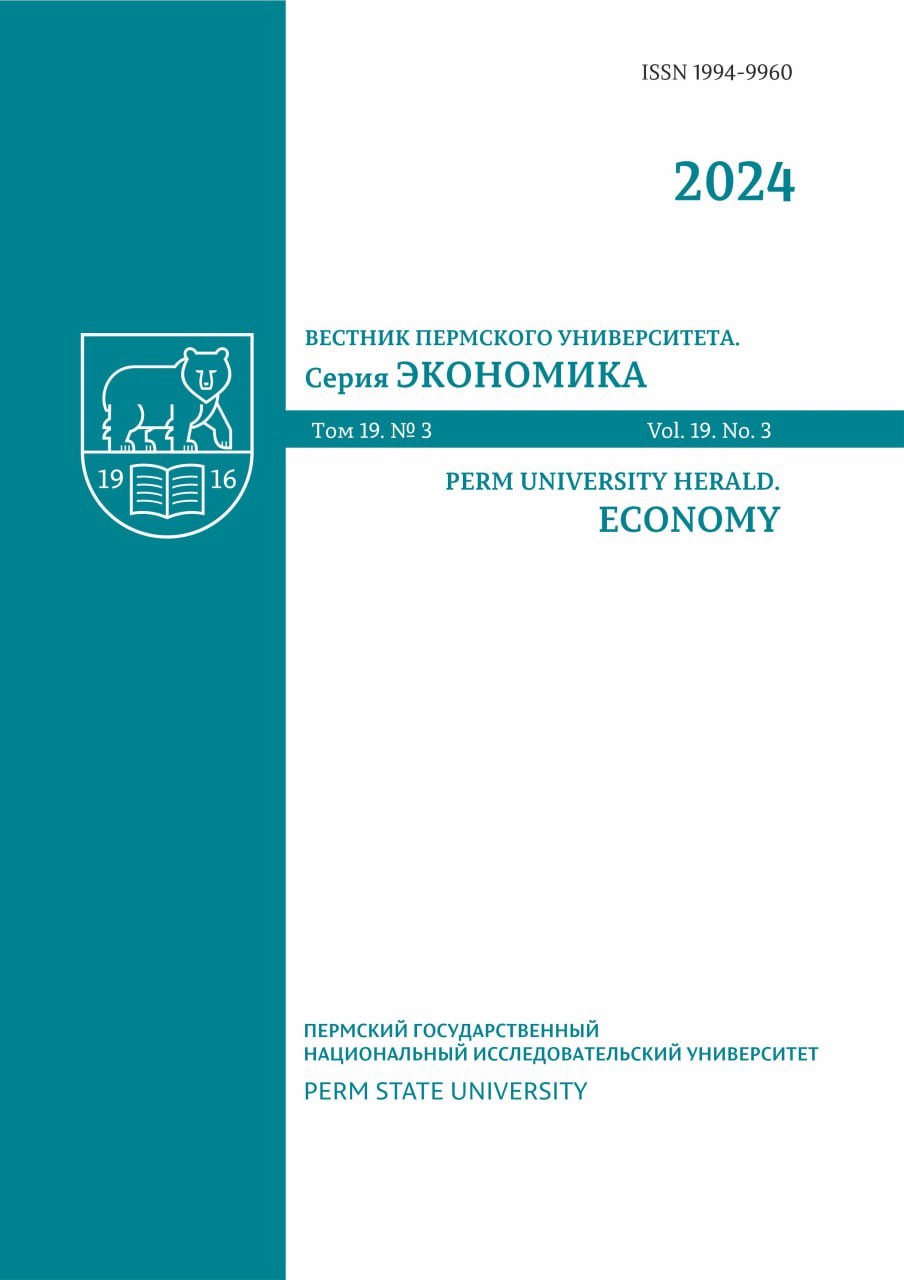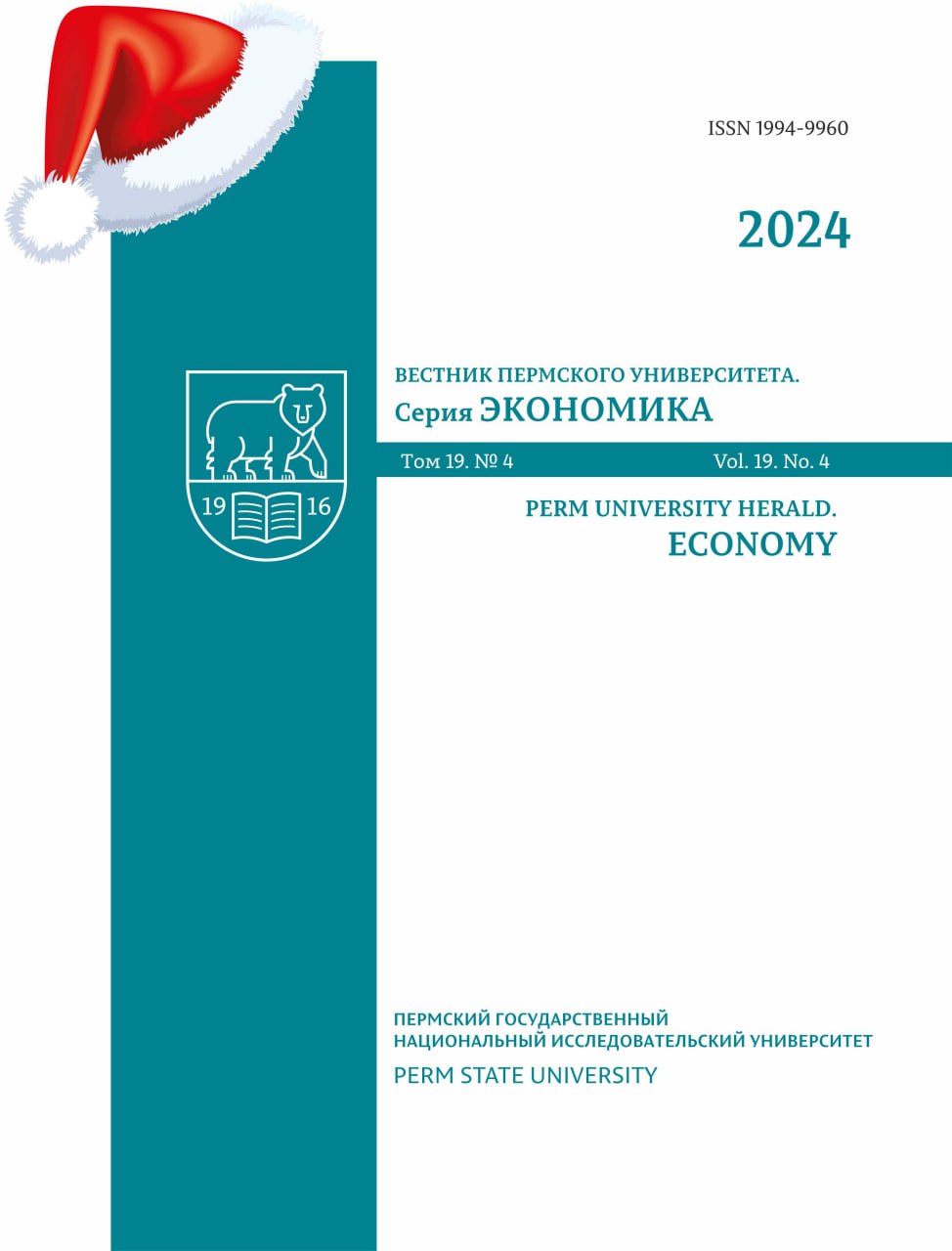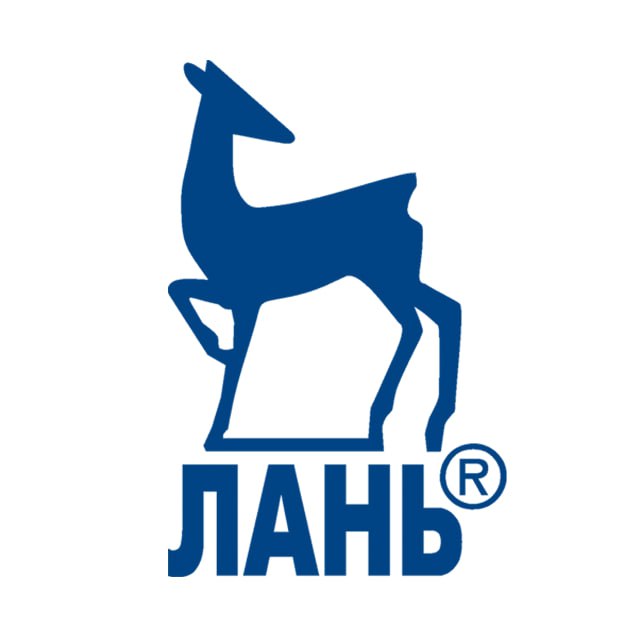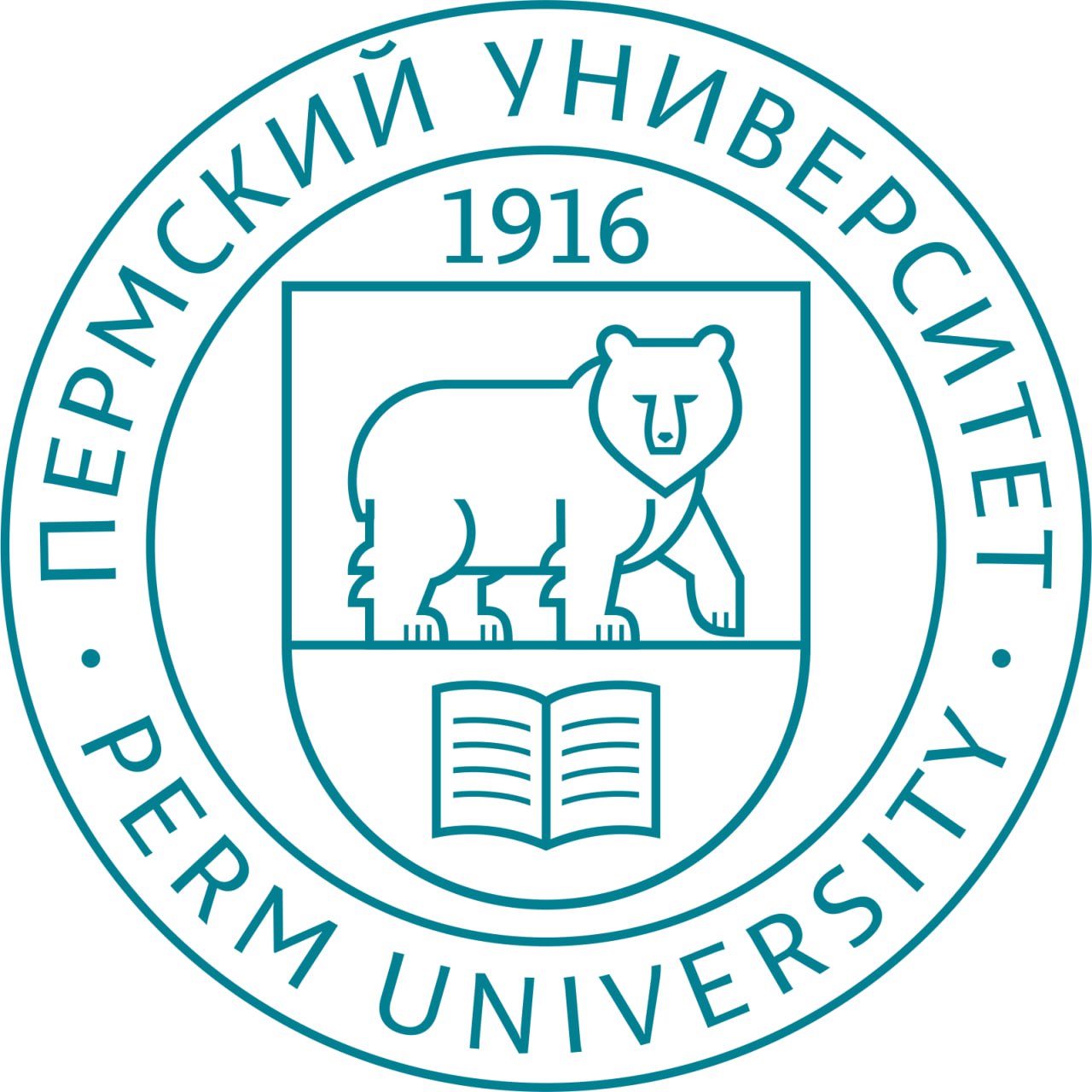Business digital maturity metrics in micro-, meso-, and macrocircuits
DOI:
https://doi.org/10.17072/1994-9960-2024-4-427-442Abstract
Introduction. Digital transformations permeate the organizations at all levels of management and interaction circuits. This trend has become an objective reality of modern business, with its importance and influence growing. The logic of the research is determined by a decomposition approach applied to assess the digital maturity of an enterprise. This approach is developed as follows: 1) internal microcircuit of interaction – business processes and internal environment – metrics of internal microcircuit (automation, tools, skills, information); 2) external mesocircuit – interaction with partners and customers – metrics of external mesocircuit (compatibility, platforms, integration, data); 3) external macrocircuit – adjustments in business models and processes to the environment – metrics of external macrocircuit (economy, politics, technology, competition). The proposed decomposition is universal and modifiable in terms of indicators and factors, depending on a specific research request.
Purpose. The article is aimed at supporting a decomposition approach to measure the digital maturity of an organization with the metrics of digital development in micro-, meso-, and macrocircuits.
Materials and Methods. The article refers to the methods of systematization and generalization of information, comparative analysis, logical and structural decomposition and modeling.
Results. The proposed approach is derived from the structural decomposition of business digital maturity metrics in micro-, meso-, and macrocircuits. This approach measures digital maturity both separately in relation to each circuit and holistically, which gives a chance to develop a rational digital strategy when each circuit has its innovative changes proportionally. In addition, the author’s approach is complemented by the theory of the stage organizational evolution, which describes the maturation stages of an organization on the digital maturity scale and defines further fundamental adjustments of the digital strategy.
Conclusions. Measuring the digital maturity of business determines the current state of an organization’s performance in digitalization, as well as outlines promising directions for innovative development. The decomposition approach used to assess digital maturity provides an additional set of data that tracks similar dynamics of digital changes in each circuit of organizational interaction.
Keywords: digital maturity of business, metrics of digital maturity of business, digital transformation, decomposition approach, circuits of digital interaction
For citation
Nigay E. A. Business digital maturity metrics in micro-, meso-, and macrocircuits. Perm University Herald. Economy, 2024, vol. 19, no. 4, pp. 427–442. DOI 10.17072/1994-9960-2024-4-427-442. EDN OQFNRM.
REFERENCES
- Dedyaeva L. M., Yarunichev А. I. Digital mature of organizations – a key factor of the digital transformation of the economy. Manager, 2021, no. 4 (98), pp. 86–95. (In Russ.). DOI 10.5281/zenodo.5749716
- Nigay Е. А. Digital business ecosystems formation in the context of information society development: Management aspect. Ars Administrandi, 2023, vol. 15, no. 3, pp. 353–376. (In Russ.). DOI 10.17072/2218-9173-2023-3-353-376. EDN OFEWBY
- Ilin I., Borremans A., Levina A. et al. Digital Transformation Maturity Model. Rudskoi A., Akaev A., Devezas T. (eds) Digital Transformation and the World Economy. Studies on Entrepreneurship, Structural Change and Industrial Dynamics. Springer, Cham, 2022, pp. 221–235. DOI 10.1007/978-3-030-89832-8_12
- Nigay Е. А. Business digitalization process: From point-to-point business process digitization to digital transformation. ETAP: Economic Theory, Analysis, and Practice, 2022, no. 2, pp. 134–145. (In Russ.). DOI 10.24412/2071-6435-2022-2-134-145. EDN EVSWNX
- Ershova I. V., Enkova Е. Е. Digital maturity as an indicator of the success of the university’s digital transformation. Courier of Kutafin Moscow State Law University (MSAL), 2022, no. 12, pp. 20–29. (In Russ.). DOI 10.17803/2311-5998.2022.100.12.020-029. EDN RJGERG
- Kuzin D. V. Problems of digital maturity in modern business. The World of New Economy, 2019, vol. 13, no. 3, pp. 89–99. (In Russ.). DOI 10.26794/2220-6469-2019-13-3-89-99. EDN XKFKYV
- Nigay Е. А. Digitalization vs digital business transformation: Choosing the direction of development. ETAP: Economic Theory, Analysis, and Practice, 2024, no. 1, pp. 91–106. (In Russ.). DOI 10.24412/2071-6435-2024-1-91-106. EDN HNMCWY
- Kirillina Yu. V. Digital transformation and digital maturity of the organization. Aktualʹnye naučnye issledovaniâ v sovremennom mire, 2020, no. 7-3 (63), pp. 72–80. (In Russ.). EDN FSETNQ
- Polyakova Т. А., Minbaleev А. V. The concept and legal nature of digital maturity. State and Law, 2021, no. 9, pp. 107–116. (In Russ.). DOI 10.31857/S102694520016732-6. EDN ZKGKPL
- Ovchinnikova О. P., Kharlamov М. М. Digital maturity of core enterprises: Assessment and impact on territorial development. Ekonomika regiona = Economy of Regions, 2022, vol. 18, no. 4, pp. 1249–1262. (In Russ.). DOI 10.17059/ekon.reg.2022-4-20. EDN EHQOUF
- Kljajić Borštnar M., Pucihar A. Multi-attribute assessment of digital maturity of SMEs. Electronics, 2021, vol. 10, no. 8, Article 885. DOI 10.3390/electronics1008088513
- Grishchenko N. The gap not only closes: Resistance and reverse shifts in the digital divide in Russia. Telecommunications Policy, 2020, vol. 44, no. 8, Article 102004. DOI 10.1016/j.telpol.2020.10200415
- Popov Е. V., Simonova V. L., Cherepanov V. V. Digital maturity levels of an industrial enterprise. Journal of New Economy, 2021, vol. 22, no. 2, pp. 88–109. (In Russ.). DOI 10.29141/2658-5081-2021-22-2-5. EDN GUAORR
- Yılmaz K. Ö. Mind the Gap: It’s about digital maturity, not technology. Managerial issues in digital transformation of global modern corporations. Hershey, PA: IGI Global, 2021, pp. 222–243. DOI 10.4018/978-1-7998-2402-2.ch015
- Babkin А. V., Shkarupeta Е. V., Gileva Т. А., Polozhentseva Yu. S., Chen L. Methodology for assessing digital maturity gaps in industrial enterprises. MIR (Modernization. Innovation. Research), 2022, vol. 13, no. 3, pp. 443–458. (In Russ.). DOI 10.18184/2079-4665.2022.13.3.443-458. EDN MIHCBQ
- Borovkov A., Rozhdestvenskiy O., Pavlova E. et al. Key barriers of digital transformation of the high-technology manufacturing: An evaluation method. Sustainability, 2021, vol. 13, no. 20, Article 11153. DOI 10.3390/su132011153
- Nigay Е. А. Object, spatial and time boundaries justification in the process of the economic system’s competitiveness assessment, taking into account the economy digitalization trends. The Territory of New Opportunities. The Herald of Vladivostok State University of Economics and Service, 2022, vol. 14, no. 3 (56), pp. 29–41. (In Russ.). DOI 10.24866/VVSU/2073-3984/2022-3/029-041. EDN GPMADH
- Aagaard A., Presser M., Collins T. et al. The role of digital maturity assessment in technology interventions with industrial internet playground. Electronics, 2021, vol. 10, no. 10, Article 1134. DOI 10.3390/electronics10101134
- Chursin А. А., Kokuytseva Т. V. Development of methods for assessing the digital maturity of organisations considering the regional aspect. Ekonomika regiona = Economy of Regions, 2022, vol. 18, no. 2, pp. 450–463. (In Russ.). DOI 10.17059/ekon.reg.2022-2-11. EDN ZTOECV
- Barry A. S., Assoul S., Souissi N. Benchmarking of digital maturity models according to the dimension component. 2nd International Conference on Innovative Research in Applied Science, Engineering and Technology (IRASET 2022). Meknes, March 03–04, 2022. Meknes, 2022. DOI 10.1109/IRASET52964.2022.9737781
- Shevtsova Y., Monastyrskaya T., Poletaykin A., Toropchin G. An adaptive technique of digital maturity integral estimation for an organization. Proceedings of International conference on applied innovation in IT, Koethen, March 09, 2022, vol. 10, pp. 61–67. DOI 10.25673/76933
- Soroka D. О., Gorkaltsev V. S., Karlova Т. V. Assessing the digital maturity of an enterprise as an important factor in the digital transformation. Automation and Modeling in Design and Management, 2023, no. 3 (21), pp. 80–88. (In Russ.). DOI 10.30987/2658-6436-2023-3-80-88. EDN KUPZPR
- Pogoreltsev А. S., Slimyanova I. G. Features of assessing the digital maturity of organizations. Izvestiâ Sankt-Peterburgskogo gosudarstvennogo èkonomičeskogo universiteta, 2022, no. 5-2 (137), pp. 118–125. (In Russ.). EDN UOHDGL
- Prohorova Т. V. Digital business transformation metrics. Obrazovanie. Ekonomika, Minsk, 7–8 aprelya 2022 goda. Minsk, Institut biznesa BGU, 2022, pp. 89–92. (In Russ.). EDN JEBOTF
- Babkin А. V., Pestova А. Yu. Algorithm of the assessment of level of digitalization of the industrial enterprise. Digital Transformation of Economy and Industry: Proceedings of Science Applied Conference with International Participation. Saint Petersburg, 20–21 June, 2019. Saint Petersburg, SPbPU, 2019, pp. 673–680. (In Russ.). DOI 10.18720/IEP/2019.3/74. EDN HAOMJW
- Hanelt A., Bohnsack R., Marz D., Marante A. Systematic review of the literature on digital transformation: Insights and implications for strategy and organizational change. Journal of Management Studies, 2020, vol. 58, iss. 5, pp. 1159–1197. DOI 10.1111/joms.12639
- Kraus A., Durst S., Ferreira J., Veiga P., Kailer N., Weinmann A. Digital transformation in business and management research: An overview of the current status quo. International Journal of Information Management, 2021, vol. 63, Article 102466. DOI 10.1016/j.ijinfomgt.2021.102466
- Westerman G., Calmejane C., Bonnet D., Ferraris P., McAfee Digital transformation: A roadmap for billion-dollar organizations. MIT Center for Digital Business and Capgemini Consulting, 2011. 68 p.











